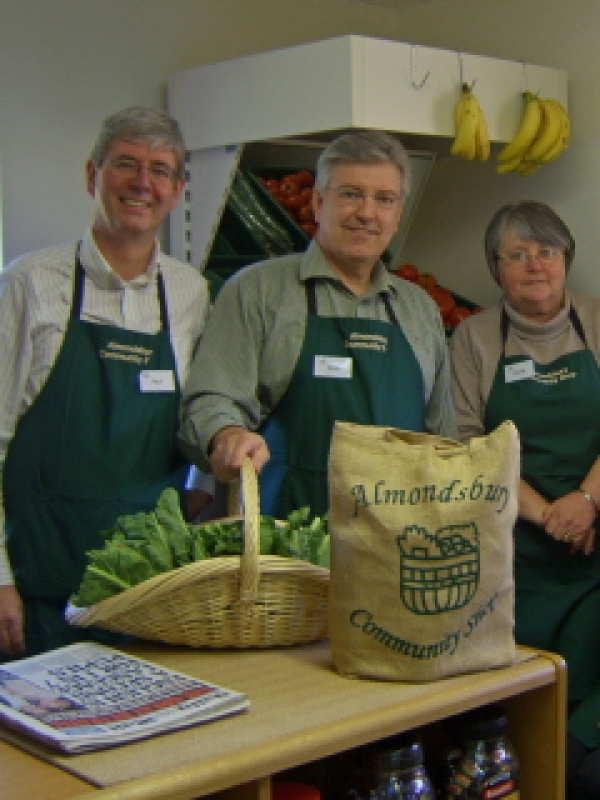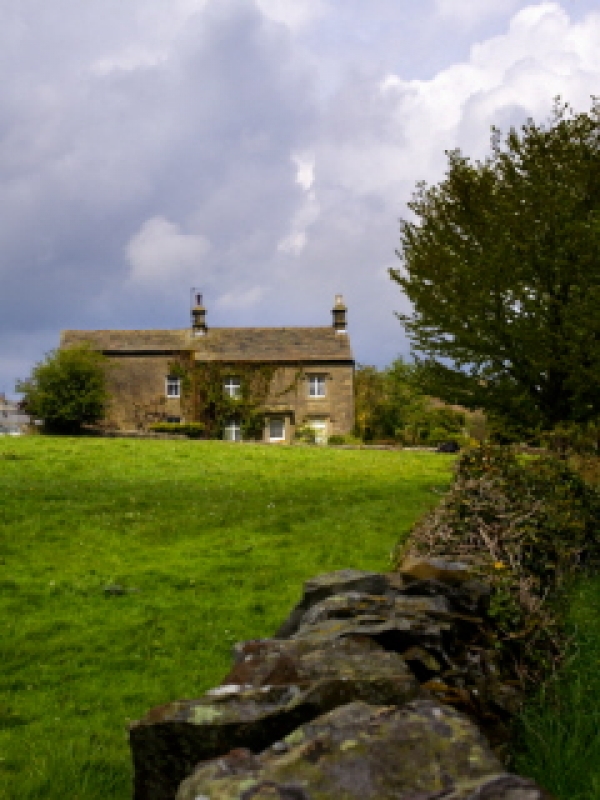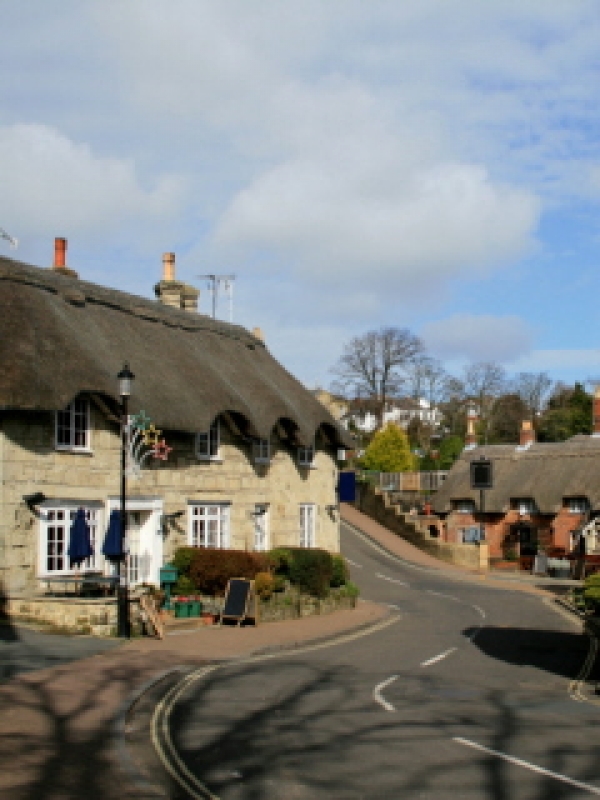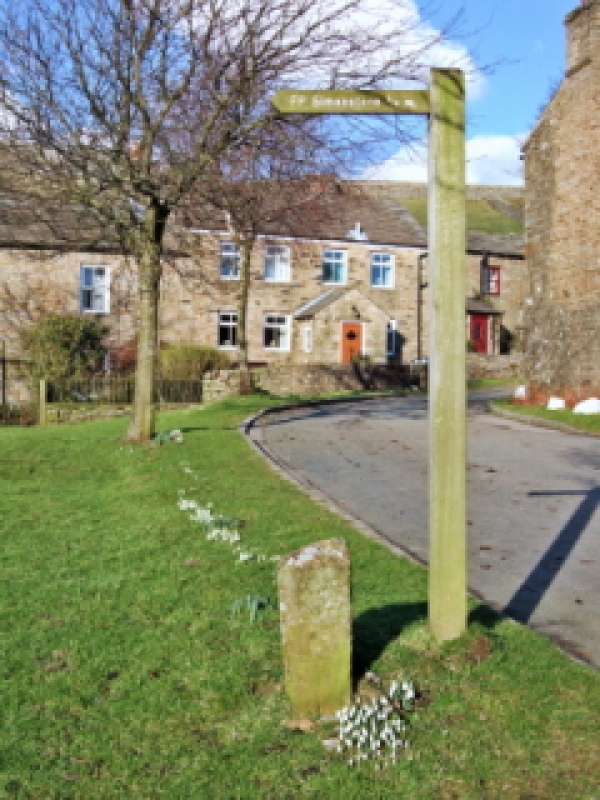T: 01822 851370 E: [email protected]
Bookings are now officially open for the National Rural Conference 2025, which will take place online from Monday 15 to Thursday 18 September.
This is the Rural Services Network’s flagship event of the year, bringing together rural decision-makers, practitioners, and advocates for four days of live, interactive sessions focused on the future of rural communities.
Click here to book!
THIRTY village halls will be provided with wireless internet under plans unveiled by a rural district council. In a ground-breaking move, West Lindsey District Council has appointed Quickline to install wireless broadband into more than thirty village halls...
RURAL communities must not be unfairly disadvantaged by the Budget, the Rural Services Network has warned. The warning of further pressure on the delivery of local public services comes amid an addition £1.5bn in public spending cuts which...
SHOPS owned and run by local communities reduce rural isolation, says a study by a leading charity. The Plunkett Foundation report examining the role of community shops in reducing isolation was launched on Friday (22 March). The...
State of Rural Public Services Report 2016 A report by the Rural England CIC in conjunction with the Rural Services Network. Published January 2017 State of Rural Public...
We are doing this by looking at a variety of sources, including Local Authority surveys and reports; national statistical data; community sector examples; trade publications and academic research. It is hoped that this information will assist...
Information and minutes from the meetings are shown below: The UK Rural Policy and Practitioners Group (administered by the...
THE government's localism agenda is having little impact on the ground, suggests a report. Local groups are leading inspirational projects – but without using new rights, says the study by the Yorkshire and Humber Rural Network. The...
BUSINESS leaders are urging the government to reduce VAT on rural tourism services. VAT on the supply of rural tourism services should be reduced from 20% to 7%, said a key report by the Country Land and Business...
PARISH and town councils have welcomed a programme to help people develop their own neighbourhood plans. Neighbourhood planning groups will find full details about the new 2-year programme from 15 April on the My Community Rights website. ...
PUBLIC funding should be used to attract investment in superfast rural broadband networks, says a report. Launched by the Carnegie UK Trust and the Community Broadband Network , the document examines the options for future investment in rural...
NEWSLETTER
Sign up to receive all our latest news and updates.
HOT TOPICS
Amid reduced public spending, fair resource allocation across regions is crucial. Despite a population larger than Greater London, rural areas receive significantly less funding for essential services, even though delivering these services in rural areas is more expensive.
Economic growth is widely acknowledged as essential for national wealth and prosperity and is a priority for political parties. Rural economies, employing millions and home to a higher proportion of small businesses, have potential for growth if barriers are removed.
Rural residents face distinct healthcare challenges, including limited access to transport, longer distances to medical facilities, an aging demographic, housing inadequacies, digital connectivity gaps, and difficulties recruiting health and care workers.
Rural communities are grappling with a severe affordable housing crisis, marked by high house prices, a lack of affordable housing, elevated living costs, and lower incomes, threatening their sustainability and vitality.
Transport is vital for the quality of life and economic health of rural areas, yet it faces challenges such as infrequent public bus services and less Government funding compared to urban regions.
Rural areas, encompassing a substantial portion of England's population and land, play a pivotal role in combating climate change and achieving the net zero target.
In an increasingly digital world, the lack of robust digital infrastructure in rural areas severely limits access to crucial services and stifles economic growth.
A future-focused vision for rural communities involves not just building the right homes in the right places but also ensuring thriving, sustainable communities.
SIGN UP TO OUR NEWSLETTER
Sign up to our newsletter to receive all the latest news and updates.











